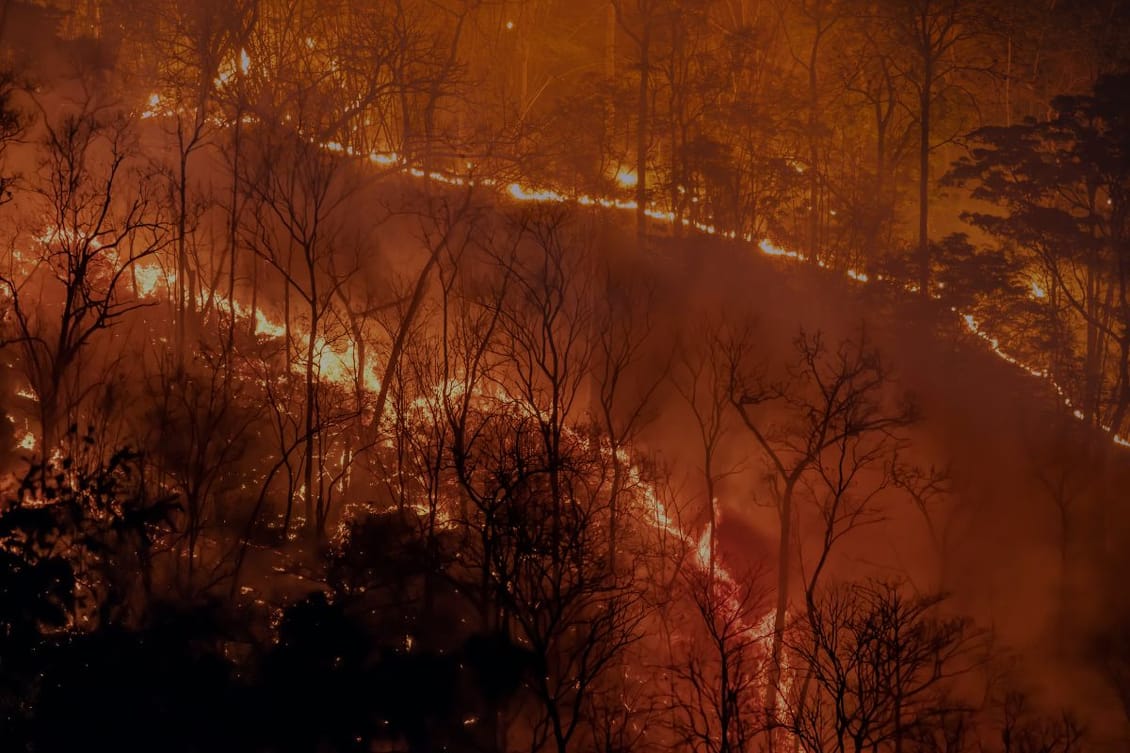
Wildfires have been raging around the world in recent years – and already, 2024 is no exception.
This year so far we’ve seen:
Like Canada, countries around the world are bracing themselves for the most devastating year of wildfires yet. And along with other extreme weather events, wildfires are among this year’s top supply chain risks, according to an annual report by Everstream Analytics.
The report details a number of key concerns for the year ahead. They include:
Some countries and regions are entering yet another year of prolonged drought – putting them at high risk of severe wildfires that are hard to control. Western Canada, for example, is now in its third year of drought; and parts of Texas have been in drought since 2010. Zambia recently declared a national disaster due to drought that has devastated the agricultural sector. And this is a picture that’s repeated around the world.
Wildfires this year could lead to:

The wildfire problem is expected to get bigger and bigger in the coming years, as climate change continues to cause unpredictable and extreme weather events.
And the impact of wildfires in recent years has highlighted the urgent need for early detection methods that can help regions and farmers plan ahead, to mitigate the effects of fires as much as possible.
AI technology is key here.
In combination with IoT sensors, AI-powered early warning systems can improve wildfire detection and prediction, enable rapid disaster response, communicate potential threats through mapping systems, and enable the agriculture industry to plan ahead.
AI models are already providing accurate identification and detection of wildfires, and some systems, such as exci (an AI ‘smoke alarm’ for bush fires), can automatically detect fires within minutes – by analysing satellite and ground-based sensor data.
AI algorithms get better and better at predicting wildfires the more they’re used. Studies show that the learning that algorithms do during the process of predicting fires increases the accuracy of future predictions; and experimental wildfire predictions by AI have been accurate enough to give ecologists a new optimism about the potential of fire detection in the future.
So the more we use AI, the better it’ll be – and the more support it can offer to the agriculture industry as we work to overcome the challenge of extreme weather, extreme drought, and extreme fire events.
Register now to attend InFlavour 2024 happening from October 1-3 at Riyadh Front Exhibition and Conference Center (RFECC).
Take your seat at the InFlavour table, a government-backed and world-leading B2B food event by Tahaluf.
E-mail address SubmitWant to keep up to date with all our latest news and information? Enter your name below to be added to our mailing list.
E-mail address Submit